Pine - Norfolk Island pine, Araucaria heterophylla
Species guide
Norfolk Island pine is a versatile evergreen conifer native to Norfolk Island. It is not in the Pinus genus so could be an important contingency species if radiata pine were subject to a serious disease or pest incursion. It is not yet widely planted in New Zealand, however it is easily managed; grows quickly; produces useful timber; and tolerates a wide range of sites from coastal sand dunes to heavy clay soils. Norfolk Island pine will grow to greater than 50m high and over 3m diameter in New Zealand.
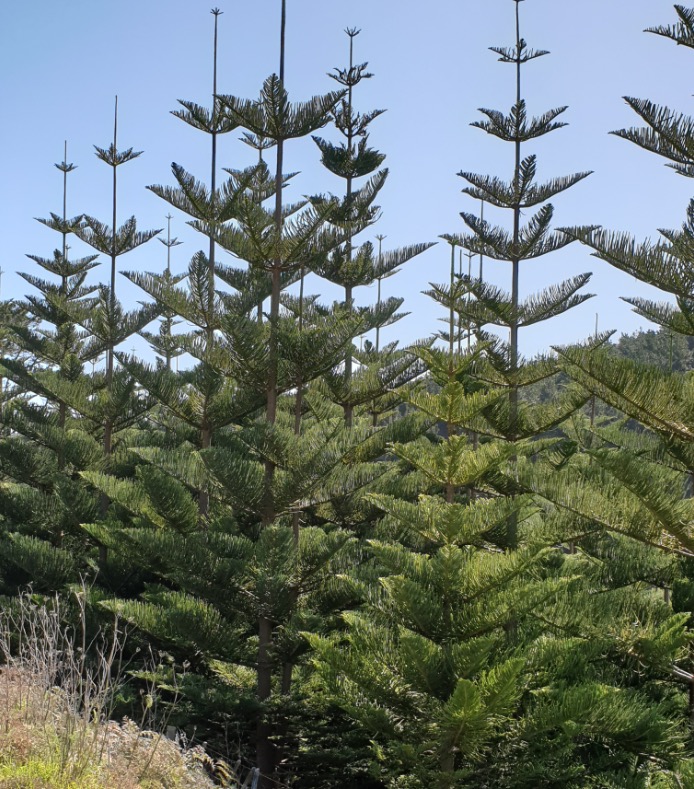
Unlike other conifers, Norfolk Island pine does not present a wilding problem because of the large seeds which are not windblown to other locations.
Site requirements
Altitude
Moderate altitude; Low altitude;Rainfall
High rainfall; Moderately high rainfall; Moderately low rainfall;Soil depth
Deep; Moderate depth; Shallow;Soil drainage
Free draining; Moderately free draining;Temperature
Warm; Moderate;Wind
Salt laden, strong wind; Strong wind; Moderate wind;Site preparation and planting
Norfolk Island pine tolerates a wide range of site conditions and is suitable for a range of soil types from sands to eroded clays. Its wind tolerance is exceptional.
Prepare grass sites by spot spraying a one metre circle for each planting site. Use glyphosate herbicide with spray dye a few days before planting as this will not leave chemical residue in the soil. Prepare spots using straight lines and accurate spacings between spots so that trees can be easily found later. Cut down woody weeds and flatten these on the ground so they decay and don't support weed growth.
Planting
Norfolk Island pine planting stock is grown to order, either bare-rooted or containerised. Most planting stock is raised from seed.
Price per tree should range from $0.50 - $1.00 for 1 year-old forestry stock (2020 prices).
Plant bare-rooted stock in winter. Containerised stock can be planted from autumn to spring.
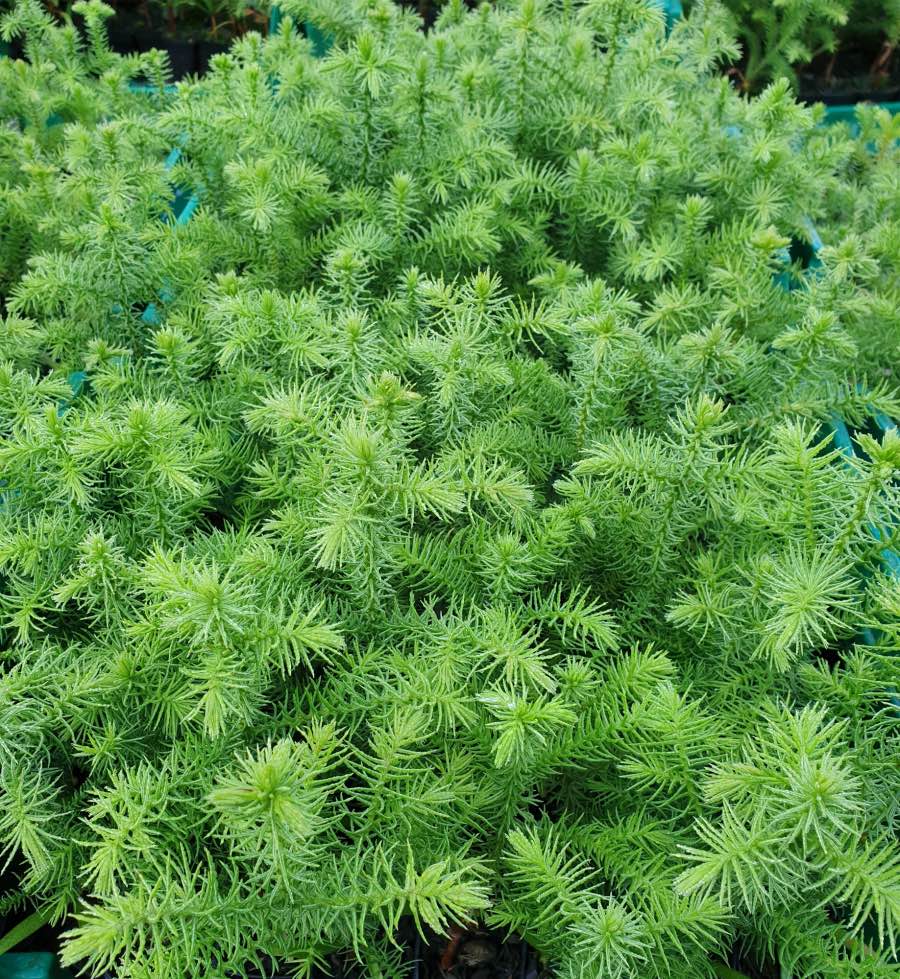
Containerised Araucaria heterophylla ready to plant
Take great care in the handling, transport and storage of seedlings, especially bare-rooted stock which must be kept cool and moist and planted as soon as possible after wrenching. Containerised (plug) stock should also be planted as soon as possible after receiving the plants. Make sure the root plugs are moist by soaking in a water trough.
Plant trees with a slow release fertilizer tablet underneath or put a trowel of high nitrogen fertiliser such as DAP or urea in a spade slit above the seedling.
Do not "slit and stuff" bare-rooted plants. Plant as per these instructions ».
For containerised stock, dig a hole twice the size of the plant container, leaving some soft soil at the bottom. Tease out (straighten and trim) any pot-bound roots before firming the soil around them, ensuring there are no air cavities.
Norfolk Island pine dislikes waterlogged ground and heavy frost. Warmer sites generate the best growth rates. The best sites for growing good quality trees are lower fertility well-drained sites. Soils can be anything from sands to clay.
Spacing
Plant Norfolk Island pine at stockings of 600-1500 stems per hectare, or between 2 and 3 times the planned final crop stocking to allow choice in selecting the final crop trees. Spacings of 2 x 5 metres, 2.5 x 4 metres, or 3.16 x 3.16 metres will all give 1000 trees per hectare.
See Site preparation and planting
Establishment and Maintenance
Remember:
- Prevent weeds from competing with the Norfolk Island pine seedlings for at least two years after planting.
- Protect seedlings from browsing by stock and wild animals.
Releasing
Norfolk Island pine is slow growing at first and requires good weed control to establish. Release spray once in the first summer and again when the trees are one year old from planting to ensure weeds do not smother the establishing trees.
See Successful establishment of tree seedlings »
Grazing/Browsing
Stock should be fenced out for at least eight years or until rough bark develops.
Young seedlings are palatable to hares and rabbits. They will slice off trees near ground level at a 45 degree angle, killing them.
Young Norfolk Island pine may be palatable to possums which should be controlled with poison, trapping or shooting.
Pests and diseases
Norfolk Island pine can be susceptible to root-rot if the ground becomes waterlogged. Norfolk Island pine is subject to few pests or diseases.
See Forest establishment and maintenance
Management and silviculture
Grown for timber it may be pruned and thinned for clearwood, or kept at higher stockings for framing timbers. Carbon credits can provide an early income. Norfolk Island pine seed is not spread by the wind because it is large and heavy.
Suitability for steep slopes: Norfolk Island pine is extremely wind hardy and can grow on thin eroded soils, so suits steepland sites. Being shade tolerant it is very well suited to continuous cover forestry. Combined with fairly fast growth and suitability for eroded sites Norfolk Island pine is a promising commercial species for planting on erodible hill country for timber and carbon income.
Pruning
Norfolk Island pine will branch vigorously and if grown for clearwood will require pruning. Higher initial stockings are recommended to control branch size if growing for framing timber.
Clearwood pruning: The aim of clearwood pruning is to minimise the defect core and produce wood free of knots. Pruning "lifts" must be regular and undertaken at a frequency that minimises branch size and diameter over stubs (DOS). Ideally, only final crop trees would be clear-pruned. The smaller more horizontal branches on lower stems of Norfolk Island pine established within a highly-stocked stand (i.e. 1600 stems per hectare or more) will generally self-prune when they are shaded out. Larger, upward pointing branches should be removed as soon as possible as they will reduce height growth and increase defect core diameter.
Clearwood pruning guidelines are available here.
A typical clearwood pruning regime is: When the trees are about 5 m high, prune the trunk to a diameter of about 10 cm leaving 2.5 to 3 metres of green crown. This is the ‘first lift.’ Remove double leaders in the crown and possibly cut any remaining large branches back to less than half their length. When the tree height is about 8 m, prune to a trunk diameter of 10 to 11 cm leaving 3 to 4 metres of green crown. The average pruned height should be about 4 metres. When the tree height is about 10-12 m (age 6-8) prune to a trunk diameter of 10 to 11 cm leaving 3-4 metres of green crown. This should achieve the target pruned height of 6.5 metres. If necessary, return in about 12 months to prune smaller trees to the 6.5 metre target height. Typically prune 400 to 600 stems/ha in the first lift, decreasing to about 200 — 400 per hectare on the final lift.
Suitable pruning tools include loppers and a pruning hand-saw, a battery-operated reciprocating saw, or battery-operated loppers. Form pruning can be undertaken by using a pole pruner.
Thinning
As the trees start to compete for light their diameter growth slows. The poorly formed trees should be thinned once the crowns begin to touch, and before the lower branches start to die and create dead knots. Thin at least twice as the crowns touch, until the trees are 12-15 metres high and pruned to 6-7 metres. Thinning should be aimed at getting a final crop of evenly spaced trees of between 200 and 600 stems per hectare depending on the target log diameter and rotation length.
When to harvest
Norfolk Island pine grown for framing at 400-600 stems per hectare will usually reach an optimum harvest volume in 30-40 years. For clearwood, ideally Norfolk Island pine should be grown to 55–60 cm diameter over 35-45 years, to achieve an adequate sheath of clearwood.
See Silviculture and forest management
Timber utilisation
The wood has an even texture, an appearance similar to kauri, and is suitable for a wide variety of uses. It holds screws and nails well and takes paint, stain and glue without difficulty. Timber machines easily, produces a smooth, clean surface and may be processed into a wide variety of moulding and timber profiles. While it is not naturally durable Norfolk pine is easily treated for all Hazard Class applications. Treated, it can be widely used in construction. Untreated sapwood is susceptible to borer so for use in furniture, mouldings, trim and panelling boron treatment to H1.1 is recommended. Sapwood is also prone to fungal staining if not dried properly.
The wood nails, glues, finishes and turns well and clear sections are easy to work. Knots can be hard and result in tearout when being dressed, or uneven sanding.
The wood is strong and stiff with low movement in service and is suitable for structural applications and plywood manufacture.
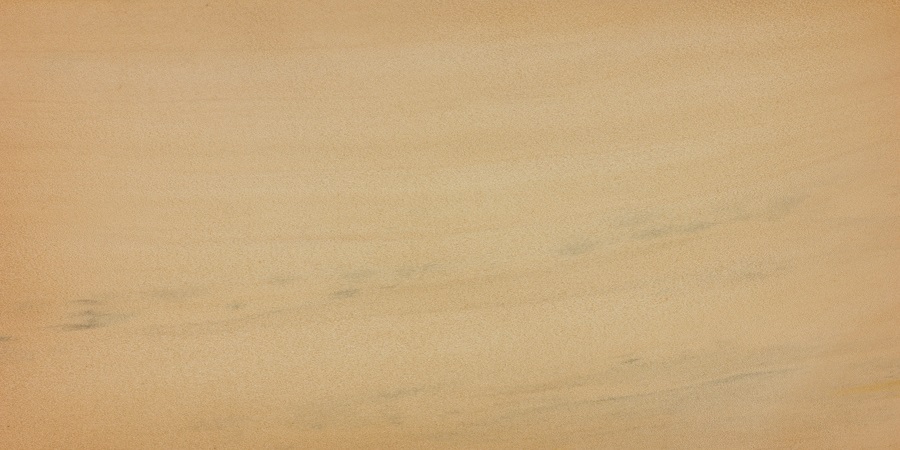
Norfolk Island pine heartwood has a very similar appearance to kauri with a moderate lustre
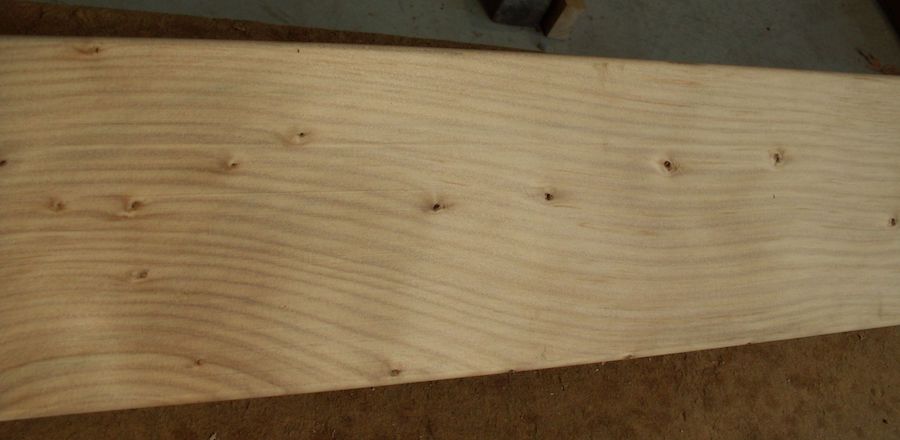
Birdseye figure in Norfolk Island pine timber
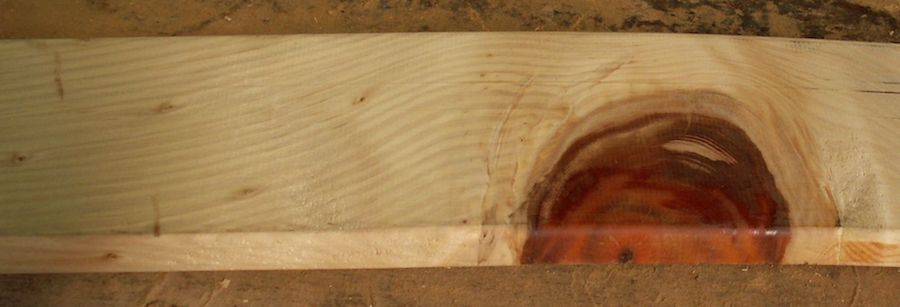
Large, hard knots can be a problem with open-grown trees.
Markets and demand
Norfolk Island pine is not widely traded, however the timber is indistinguishable from Hoop pine, which is widely traded in Australia.
Growth, yield, economics and carbon
Norfolk Island pine grows slowly at first but over time produces large standing volumes of timber that can exceed those produced by radiata pine.
Practical hints for measuring trees offers some advice on monitoring growth.
Carbon sequestration rate over time, and relevant Look-up Tables
If the land is registered under the Emissions Trading Scheme and the trees are planted so as to comply, i.e. at least one hectare, with tree crown cover of more than 30 percent in each hectare and an average width of tree crown cover of at least 30 metres, then they should earn carbon credits. The relevant look-up tables for determining how quickly they store carbon and earn credits, and guides to how to use the tables, may be downloaded here.
As Norfolk Island pine is an exotic softwood, tables A2.2 and A2.4 apply, suggesting that over its first 30 years it stores carbon roughly half as fast as radiata pine.
Timber return on investment
There are no studies of the economics of Norfolk Island pine, but based on productivity it would likely be slightly less than radiata pine.
Further reading

 Farm Forestry New Zealand
Farm Forestry New Zealand